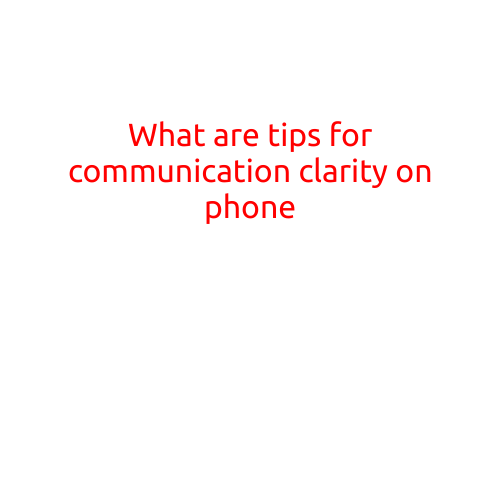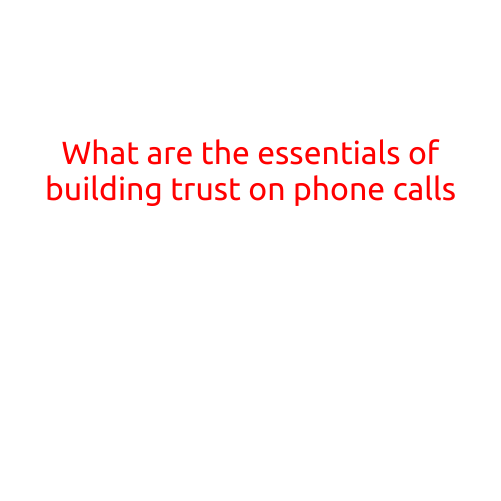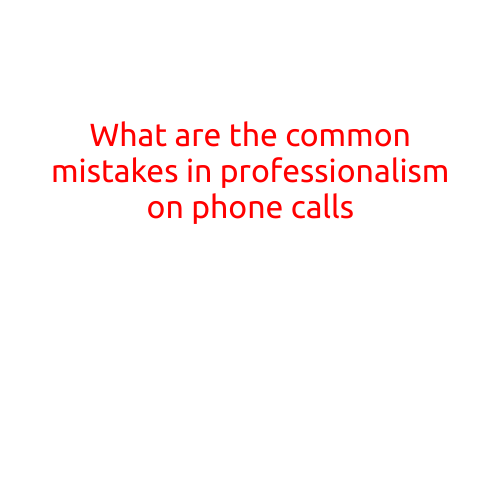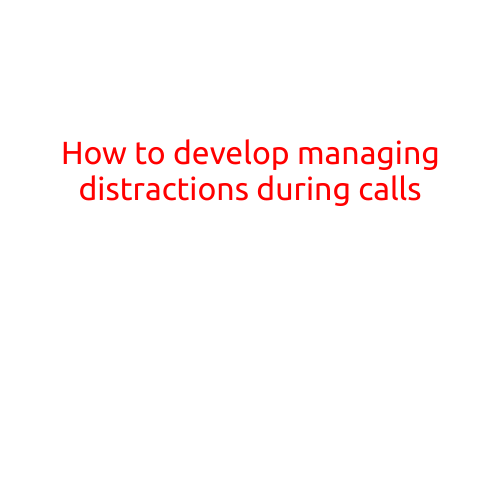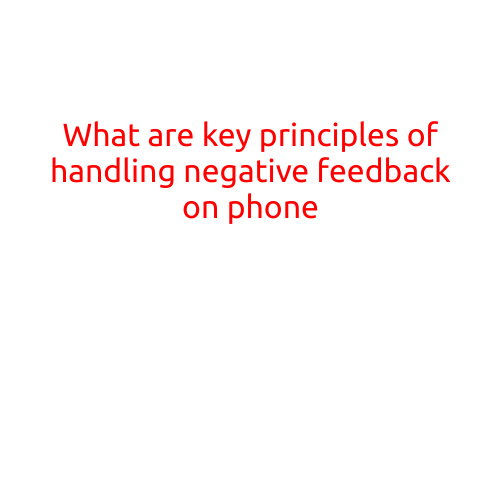
What are the Key Principles of Handling Negative Feedback on the Phone?
Receiving negative feedback on the phone can be a challenging and stressful experience. Whether it’s a customer complaint, a criticism from a colleague, or a rude remark from a stranger, it’s essential to know how to handle these situations effectively. In this article, we’ll explore the key principles of handling negative feedback on the phone to improve your communication skills and maintain a positive reputation.
1. Stay Calm and Composed
The first principle of handling negative feedback on the phone is to remain calm and composed. Takes a deep breath, count to ten, or step back for a moment to collect your thoughts before responding. Avoid getting defensive or emotional, as this can escalate the situation and create a toxic environment.
2. Listen Actively
When responding to negative feedback, listen actively to the person’s concerns and complaints. Make eye contact (even if you’re on a phone call), and use verbal cues such as “uh-huh” or “I see” to show you’re engaged. Repeat back what you’ve understood from the conversation to ensure you’ve grasped the issue correctly.
3. Acknowledge the Concern
Acknowledge the person’s concern or frustration by expressing empathy. Use phrases like “I apologize that you’re experiencing…” or “I understand how frustrating that must be.” Validating the person’s emotions helps to diffuse tension and shows you’re willing to listen.
4. Identify the Root Cause
Try to identify the root cause of the issue and address it directly. Ask clarifying questions to gather more information and understand the context. By identifying the source of the problem, you can provide a more effective solution and prevent similar issues from arising in the future.
5. Offer a Solution
Once you’ve identified the root cause, offer a solution or a compromise. Be clear and direct about what you can do to resolve the issue. If you’re unable to resolve the issue immediately, provide a timeframe for when a solution can be implemented.
6. Follow Up
After the call, ensure you follow up on your commitments and provide an update on the actions you’ve taken. This helps to build trust and demonstrates your dedication to resolving the issue.
7. Document the Call
Record the details of the call, including the issue, the solution offered, and any agreements or commitments made. This helps to track progress and provides a paper trail in case future issues arise.
8. Seek Help if Needed
Don’t be afraid to seek help if you’re uncomfortable handling a particular situation or if the issue is complex. Don’t be afraid to escalate the issue to a supervisor or colleagues for guidance and support.
Conclusion
Handling negative feedback on the phone requires a thoughtful and strategic approach. By following these key principles, you can turn a potentially negative experience into an opportunity to build trust, resolve issues, and improve relationships. Remember to stay calm, listen actively, acknowledge concerns, and offer solutions. With practice and patience, you’ll become more confident and effective at handling negative feedback on the phone.

